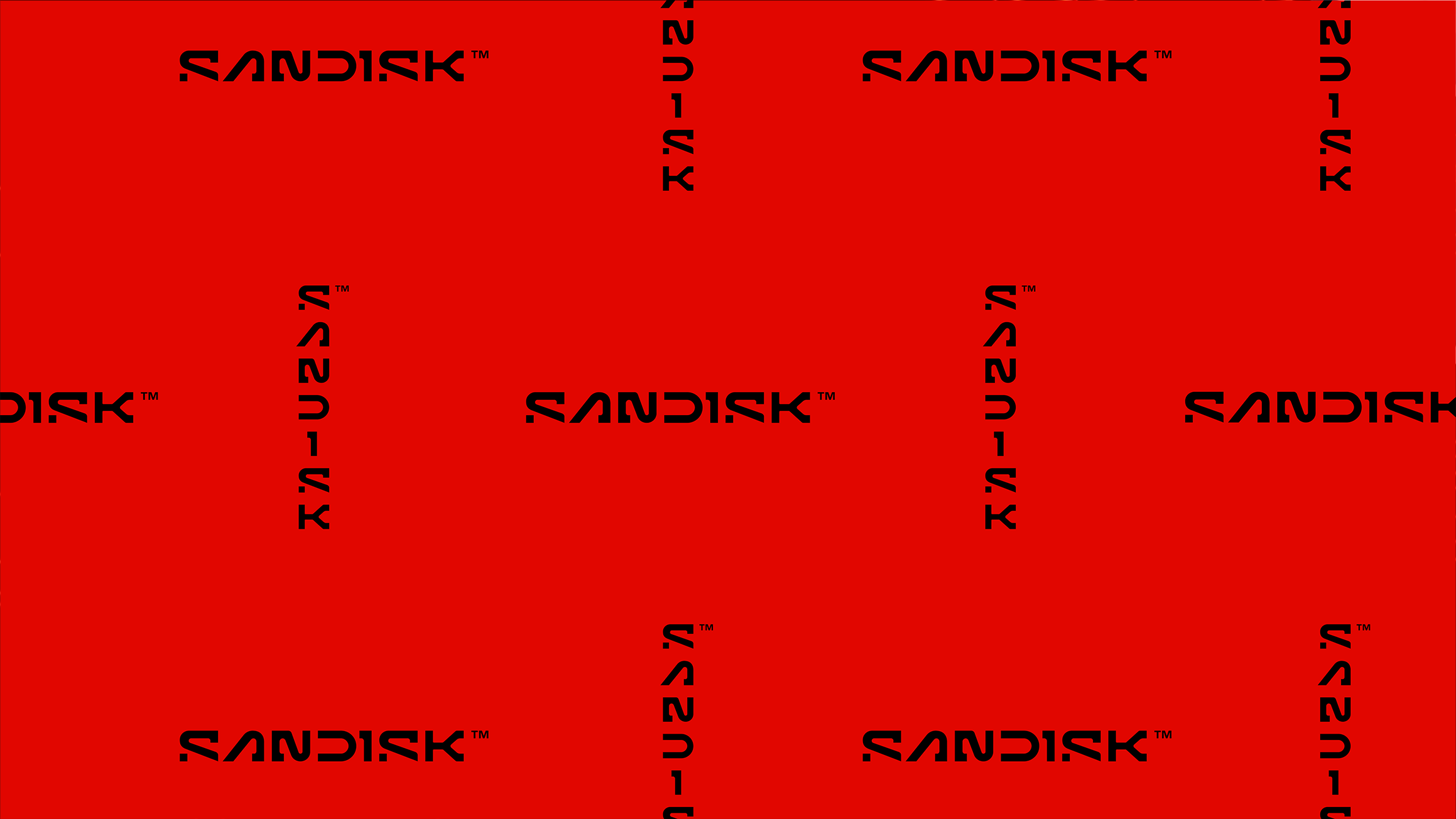Distinguished Industry Leaders Professor David Patterson and Raja Koduri Appointed Inaugural Members
Sandisk Corporation (NASDAQ: SNDK) today announced the formation of a Technical Advisory Board to guide the development and strategy of its groundbreaking High Bandwidth Flash (HBF™) memory technology. The board includes industry experts and senior technical leaders from both within and outside the company. Appointed today, Professor David Patterson and Raja Koduri will provide strategic guidance, technical insight, market perspective, and shape open standards as Sandisk prepares to launch HBF.
“We’re honored to have two distinguished computer architecture experts join our Technical Advisory Board,” said Alper Ilkbahar, Executive Vice President, Chief Technology Officer, and HBF Technical Advisory Board member at Sandisk. “Their collective experience and strategic counsel will be instrumental in shaping HBF as the future memory standard for the AI industry, and affirming we not only meet but exceed the expectations of our customers and partners.”
Professor David Patterson, Pardee Professor of Computer Science, Emeritus at the University of California at Berkeley and a Google distinguished engineer, will lead the Technical Advisory Board and guide the group toward actionable insights and decisions. He is a prominent computer scientist known for co-developing Reduced Instruction Set Computing (RISC), which revolutionized processor design. He played key roles in the development of Redundant Array of Inexpensive Disks (RAID), and Networks of Workstations (NOW). Patterson co-authored the seminal textbook Computer Architecture: A Quantitative Approach and was also awarded the 2017 ACM Turing Award for his contributions to the industry.
“HBF shows the promise of playing an important role in datacenter AI by delivering unprecedented memory capacity at high bandwidth, enabling inference workloads to scale far beyond today’s constraints,” said Professor Patterson. “It could drive down costs of new AI applications that are currently unaffordable.”
Raja Koduri is a computer engineer and business executive renowned for leading graphics architecture, with previous positions at AMD as Senior Vice President and Chief Architect and at Intel as Executive Vice President of Accelerated Computing Systems and Graphics. He directed the development of AMD’s Polaris, Vega, and Navi GPU architectures, Intel’s Arc and Ponte Vecchio GPUs, and spearheaded Intel’s foray into discrete graphics. In early 2023, he founded a startup focused on generative AI for gaming, media, and entertainment, and joined the Board of Tenstorrent in the AI and RISC‑V semiconductor space. Most recently, he serves as Founder/CEO of Oxmiq Labs and Co-Founder of Mihira Visual Studios and continues to shape graphics and AI innovation through advisory and board roles across the semiconductor industry.
“HBF is set to revolutionize edge AI by equipping devices with memory capacity and bandwidth capabilities that will support sophisticated models running locally in real time,” said Koduri. “This advancement will unlock a new era of intelligent edge applications, fundamentally changing how and where AI inference is performed.”
Introduced at Future FWD: Sandisk 2025 Investor Day, HBF is a breakthrough memory solution designed to augment High Bandwidth Memory (HBM) for AI inference workloads, offering comparable bandwidth while delivering up to 8x the capacity at a similar cost. Enabled by BiCS technology and CBA wafer bonding, HBF leverages proprietary stacking with ultra-low die warpage for 16-high configurations. Its architecture has been developed over the past year with input from leading AI industry players.
For more information about HBF, please visit this Fact Sheet.
